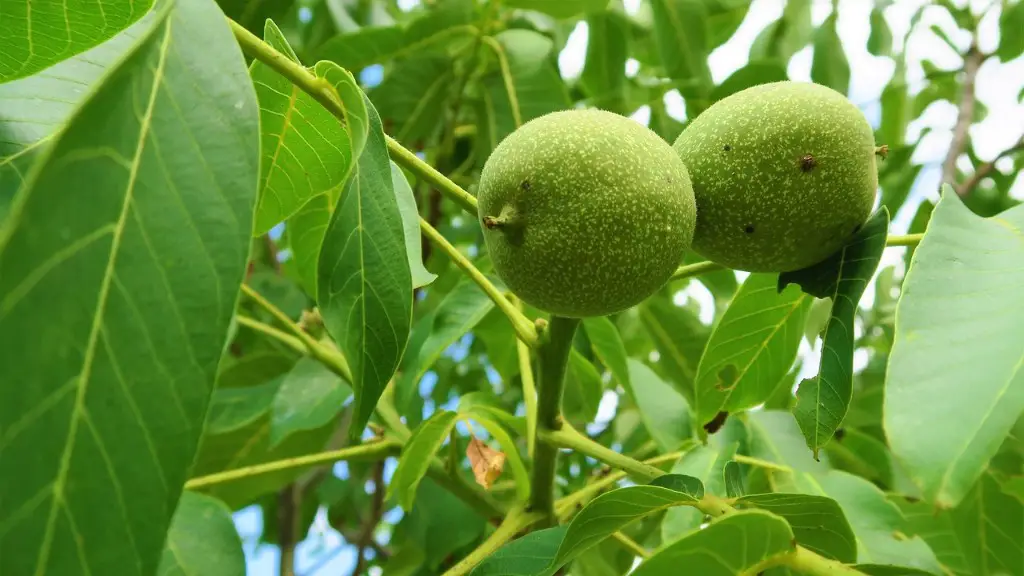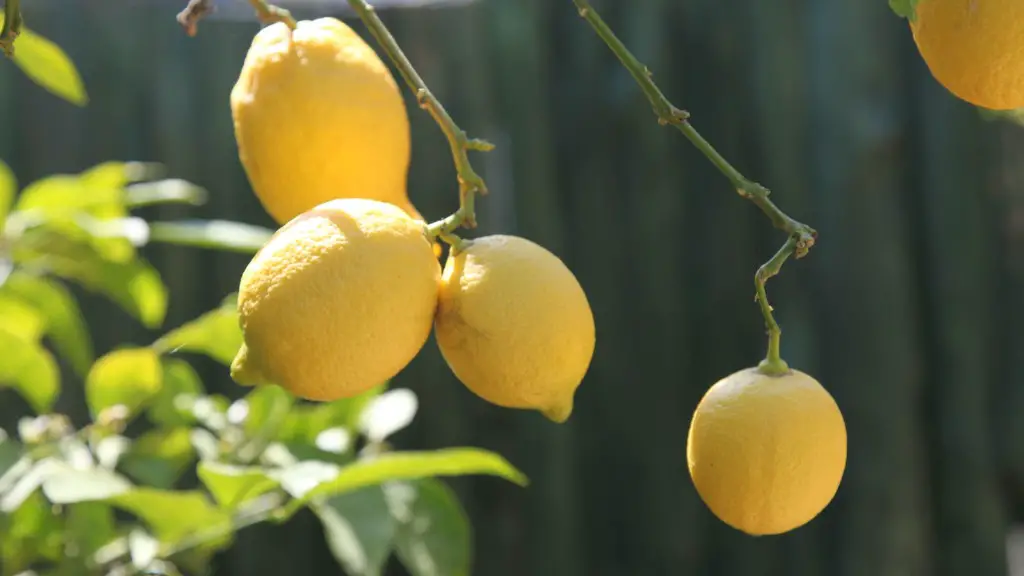Lemon cypress trees are a beautiful and versatile addition to any garden. Taking care of a lemon cypress starts with understanding the needs of the tree; knowing the environment and soil requirements and providing the necessary maintenance through pruning and fertilization. To ensure your lemon cypress flourishes for years to come, these tips can help you become an expert tree caretaker.
To start, it’s important to choose a spot for your lemon cypress tree that is well-draining, in full sun or partial shade, and protected from strong winds. Your lemon cypress should also be planted in soil with a pH level between 6.0 and 8.0. If planting multiple trees, keep them about 10-15 feet apart for optimal growth.
Once you’ve chosen the right spot, it’s important to water your lemon cypress regularly to keep the soil moist. During rainy periods, you may want to water less. In the warmer months, the soil should be kept moist but not soggy nor dry. We recommend watering with a garden hose or watering can instead of an in-ground irrigation system.
Your lemon cypress tree will also benefit from regular fertilization. Use an all-purpose fertilizer once a year after the tree’s second year of growth. Use a balanced fertilizer in the late winter or early spring when the temperatures are warmer, but not too hot.
Pruning your lemon cypress is important for maintaining its size and shape. Pruning should be done twice a year, once in late winter and once again in the fall. Pruning may also be necessary to remove dead, broken or diseased branches. Be sure to use sharp pruning shears for the best results. Just remember that pruning should be kept to a minimum, as it can weaken the tree.
Finally, it’s important to watch out for pests. Lemon cypress trees can be prone to aphids and mealybugs, so keep an eye out. The best way to control pests is to use horticultural oil during the growing season. If you suspect an infestation, we recommend consulting an expert to treat the tree before the problem becomes more serious.
Fertilization of Lemon Cypress Trees
Fertilization for your lemon cypress trees should be done once a year, but timing is key. Fertilize in the late winter or early spring, when the temperature is above freezing but not too hot. The best choice of fertilizer to use is an all-purpose fertilizer that is balanced. Make sure to spread out the fertilizer evenly around the tree, just beyond the limbs. For smaller lemon cypress trees, use two tablespoons of fertilizer per foot of height; for larger trees, use four tablespoons per foot. When finished, lightly water the fertilizer into the soil.
Pest Control
When taking care of a lemon cypress tree, pests should be monitored to prevent an infestation. Common pests to look out for are aphids and mealybugs. Both can cause damage to the leaves of the tree. To control pests, we recommend using horticultural oil during the growing season. This natural oil helps to repel pests, but if infestation does occur, you should consult an expert for proper treatment.
Pruning Lemon Cypress Trees
Prune your lemon cypress trees twice a year to maintain their size, structure and shape. The best time to prune is in late winter or fall. When trimming the tree, be sure to use sharp pruning shears for the best results. Dead, diseased or broken branches should be removed immediately. Don’t overdo the pruning; it can weaken the tree.
Caring for Lemon Cypress Year-Round
Throughout the year, lemon cypress trees should continue to be watered regularly, especially in dry weather. The soil should be kept moist but not soggy nor dry; weekly watering is usually enough. If planting multiple trees, keep them around 10-15 feet apart for optimal growth. Additionally, be sure to apply mulch around the tree to protect the roots from extreme temperatures.
Dealing with Excess Water
If for some reason your lemon cypress tree accumulates extra water, it is important to take corrective action quickly to avoid damage to the roots. The first step is to ensure that the soil is well-draining. If the issue persists, create a “well” or ditch around the tree to redirect temporarily excess water. You may also have to replace the soil with a soil that is of better draining quality.
Protecting the Tree Against Disease
Lemon cypress trees are susceptible to a number of diseases, such as root rot, collar rot, and powdery mildew. To protect the tree, it’s best to remove any dead, diseased or broken branches quickly and to regularly monitor the tree for signs of pests and disease. Additionally, use an all-purpose fungicide to help control the spread of disease.



